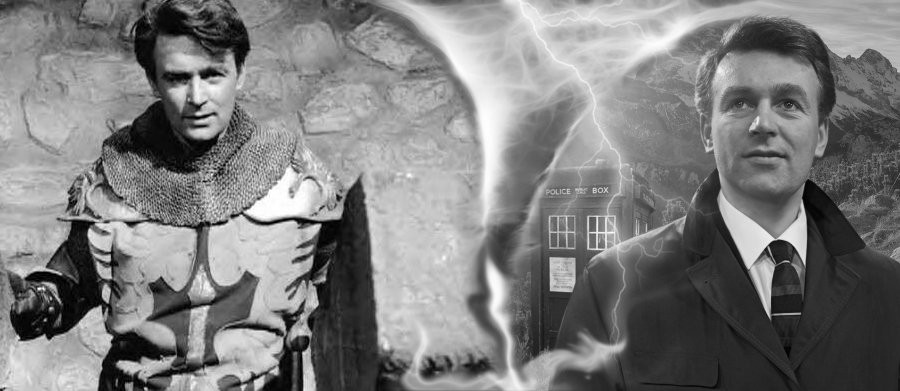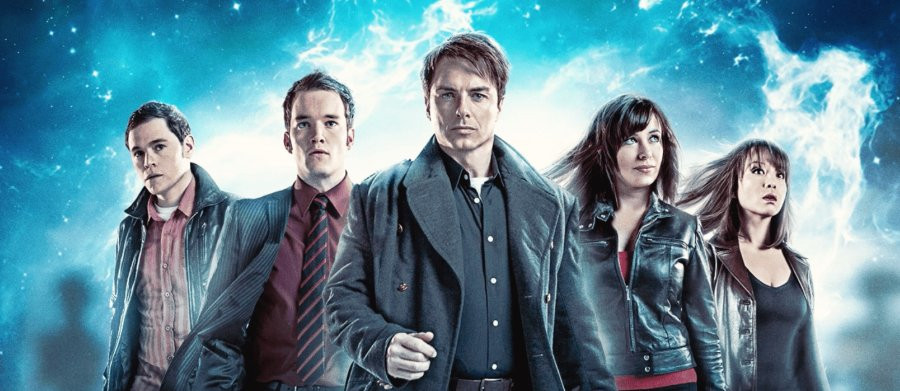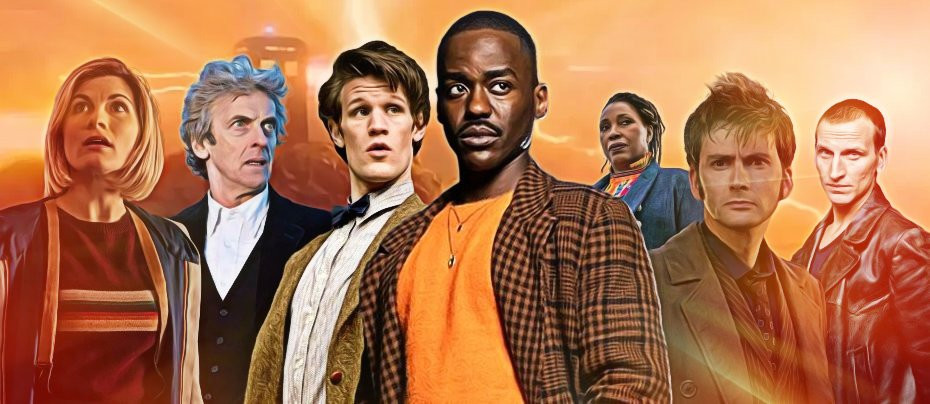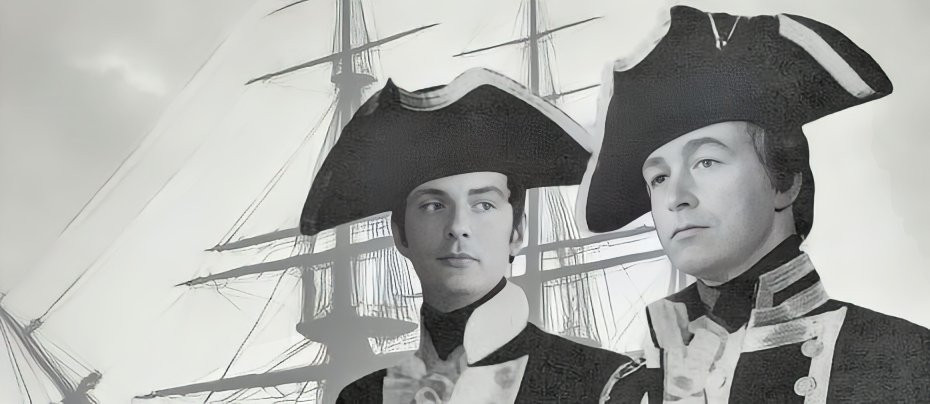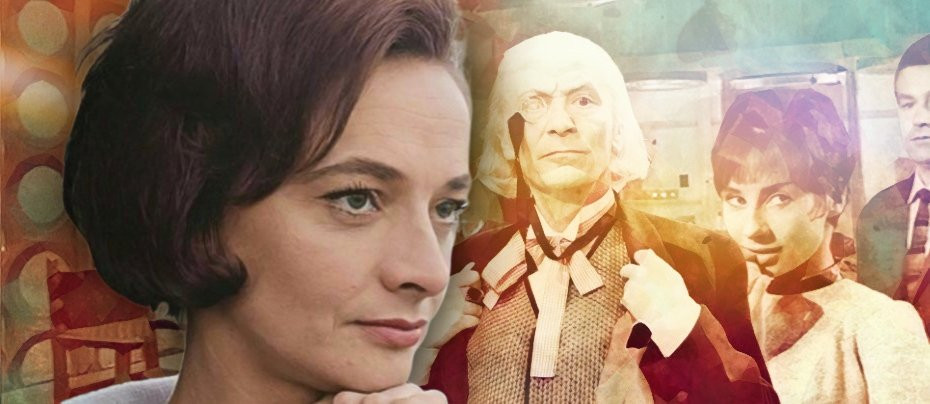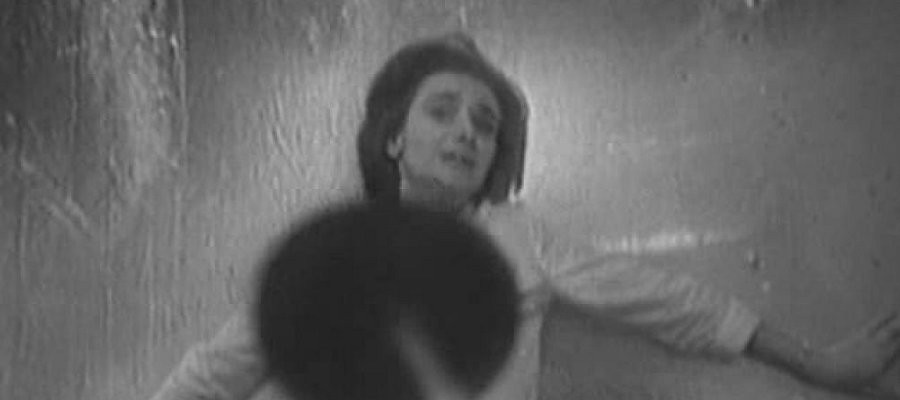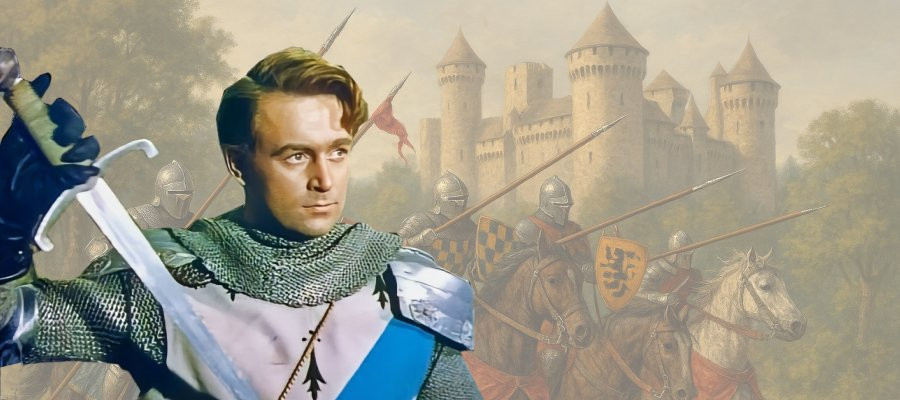The Reign of Terror (1964)
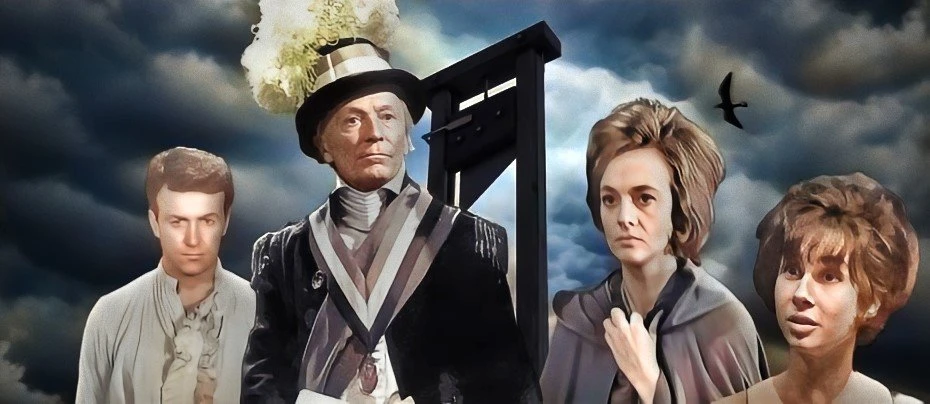
This Story from Doctor Who’s first season is available on BBC iPlayer and the following review is spoiler light.
A prime example of Doctor Who’s early historical adventures, The Reign of Terror is the final story of the show’s inaugural season. Written by Dennis Spooner and directed by Henric Hirsch, the six-part serial transports the Doctor, his granddaughter Susan, and companions Ian (William Russell) and Barbara (Jacqueline Hill) to the tumultuous period of the French Revolution. With William Hartnell as the First Doctor, this serial showcases the series' then-commitment to both education and entertainment, wrapping historical fact in thrilling, time-travelling fiction.
The story replaced a planned seven-part story by Terry Nation titled Doctor Who and the Red Fort, which would have been set during the Indian Rebellion of 1857. When that story didn't transpire, the serial's script editor David Whitaker was assigned to do a replacement story which may have been about the Spanish Armada, but that too was scrapped. The setting of The French Revolution as a story idea was originally suggested by William Russell.
There would be two ‘firsts’ in this adventure; the first outdoor filming and the first historical in which the Doctor was seen to wear period attire.
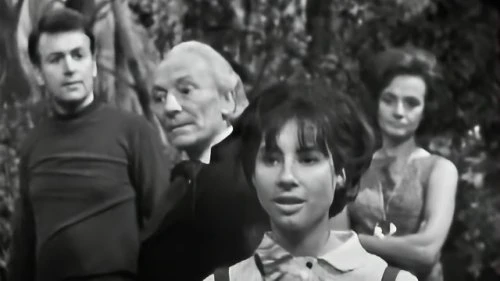
The tale begins with the TARDIS crew landing in 18th-century France, during one of the bloodiest phases of the Revolution: the so-called Reign of Terror, where fear and paranoia lead to thousands of executions by guillotine. The Doctor, Susan, Ian, and Barbara soon become embroiled in the political intrigue of the era, with the guillotine looming over their heads and Robespierre’s reign drawing to a violent close.
The production team, despite the limitations of 1960s television, successfully evokes the tension and danger of revolutionary France. The costumes and set design are well-crafted, and though the budget constraints are evident at times, the story compensates with a strong sense of place. From the claustrophobic prisons to the opulent offices of the revolution’s leaders, the setting feels vivid and immersive. Historical accuracy isn’t perfect, but it’s close enough to provide a rich backdrop for the adventure.
The serial is notable for exploring the darker side of history, something Doctor Who rarely shied away from in its early years. Death is a constant presence in The Reign of Terror, and the threat of the guillotine hangs over the characters throughout much of the story, adding a grim reality to the adventure, reminding viewers that the Doctor and his companions have landed in a genuinely perilous time.
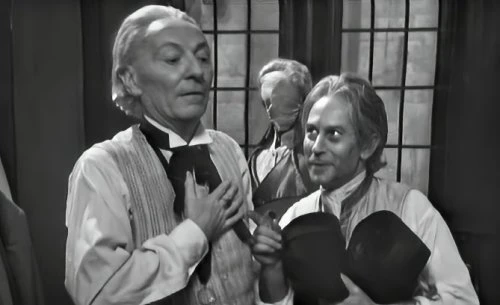
William Hartnell delivers one of his stronger performances as the Doctor here. By this point in the series, Hartnell had fully settled into the role, and he balances the character’s gruffness with moments of genuine compassion and cunning. The First Doctor is not yet the heroic figure he would later become in subsequent regenerations; he’s still something of a mysterious traveller, occasionally selfish and irritable. However, in The Reign of Terror, he shows a willingness to directly engage with the historical situation by disguising himself as a French provincial officer, tricking revolutionary officials to achieve his goals of freeing his imprisoned companions, who have been sentenced to death as traitors, with a display of his resourcefulness and wit.
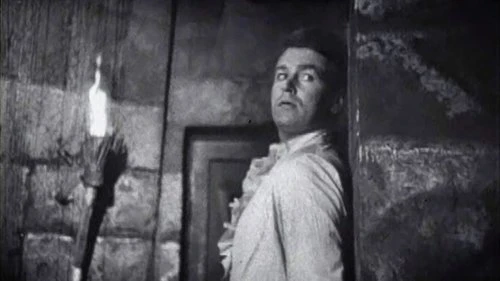
Ian and Barbara remain central to the story, with both characters given significant roles in the action. Ian’s physicality and bravery are highlighted as he tries to protect his fellow travellers, while Barbara’s empathy and intelligence come to the fore. Her interactions with Léon Colbert (Edward Brayshaw), a man sympathetic to the revolutionary cause but hiding his own secrets, provide some of the serial’s most compelling drama. Barbara’s moral compass is evident throughout, as she’s horrified by the brutality of the revolution, yet also able to recognize the ideals that initially motivated it.
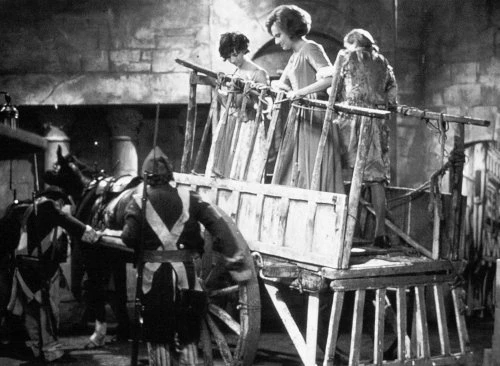
Unfortunately, Susan (Carole Ann Ford) is again underserved in the narrative. While her character was meant to be a teenage alien with psychic abilities, she’s often reduced to a damsel-in-distress role, and The Reign of Terror is no exception. Susan spends much of the story ill and captured, lacking the agency or development given to Ian and Barbara. It’s a missed opportunity, especially given the promise of Susan’s character in the previous story, The Sensorites.
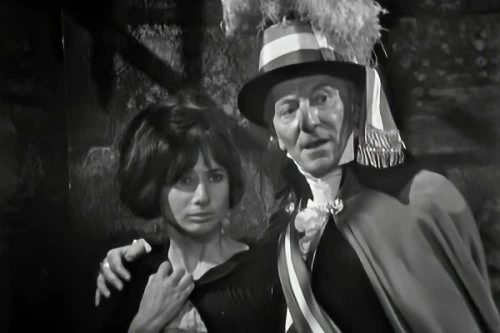
The story itself is well-paced, particularly in the first four episodes. There’s a real sense of urgency as the characters try to escape their various predicaments. However, the final two episodes do feel somewhat rushed, especially in resolving the fate of Robespierre and the fall of the revolutionaries. The narrative loses some focus, though it manages to tie up the TARDIS crew’s storyline effectively.
The Reign of Terror is a mix of historical accuracy with speculative fiction, which received some criticism at the time. The secretary of the Napoleon Society was particularly displeased with a meeting between Napoleon and Paul Barras (John Law) to overthrow Robespierre. While the show doesn’t alter major historical events, it does weave its characters into the fabric of history in a way that’s engaging. Robespierre’s depiction is suitably intense, and the story captures the paranoia and chaos of the revolutionary leadership. Spooner’s script doesn’t shy away from showing the brutality of the revolution, but it also hints at the nobler aspirations of the revolutionaries, offering a balanced view of history.
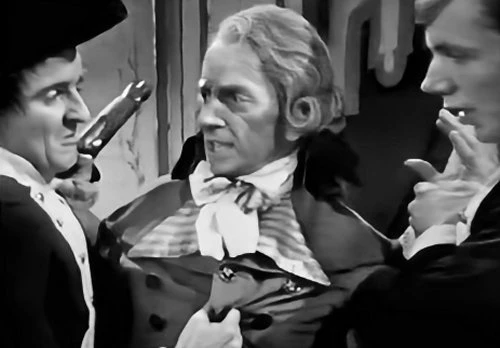
Sadly, parts 4 and 5 are missing from the BBC archives But they were been reconstructed with animation for a DVD release. While this doesn’t detract from the story, the transitions between live-action and animation can be a bit jarring, particularly for viewers unfamiliar with the concept. That said, the animated episodes are a faithful recreation of the originals, and recreate an atmosphere that is missing from later ‘reconstructions’, allowing the story to be enjoyed in full.
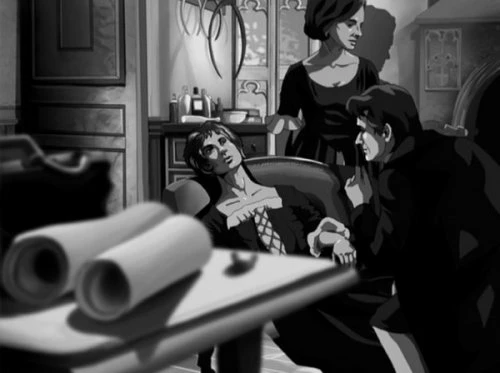
Overall, The Reign of Terror is a solid example of Doctor Who’s early historical format. Despite some pacing issues and underuse of Susan, it’s a strong conclusion to the first season, with William Hartnell and the original TARDIS crew delivering memorable performances.


